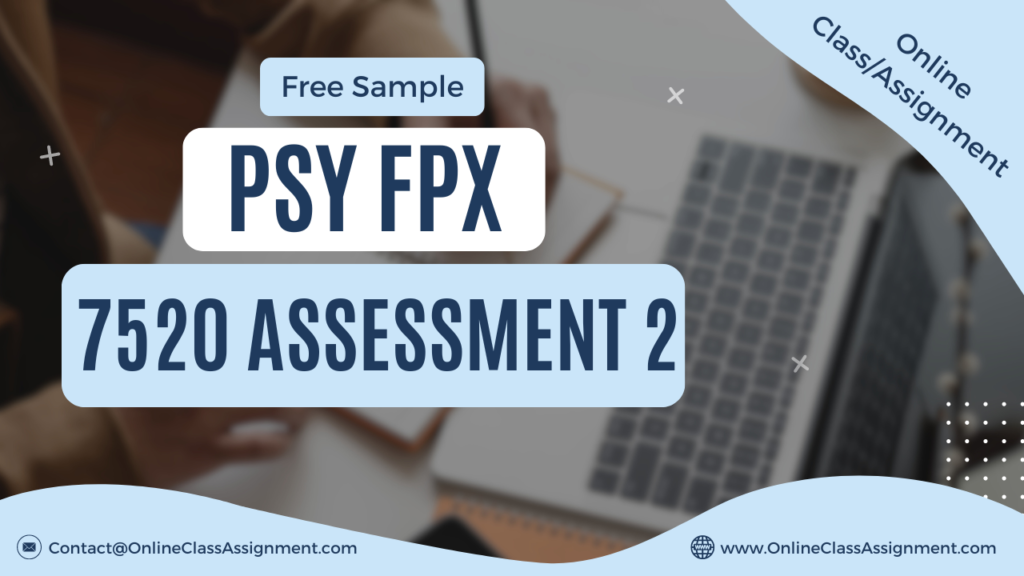PSY FPX 7520 Assessment 2 Minimizing Social Influence in Debates

PSY FPX 7520 Assessment 2 Minimizing Social Influence in Debates
Student Name
Capella University
PSY FPX 7520 Social Psychology
Prof. Name
Date
Objectives
In my capacity as a political consultant for the League of Women, the task at hand is to develop guidelines for facilitating impartial and equitable public town hall debates. This endeavor is particularly challenging given the considerable impact of both social media and mainstream media on public perceptions, which have become pivotal in shaping opinions and beliefs. Recognizing and comprehending the psychological dynamics and consequences involved in this context are of utmost importance. Social psychology delves into the intricacies of how individuals behave in social settings and their perceptions and responses to others (Van Lange, Kruglanski, & Higgins, 2012). Our social perceptions significantly influence how we interpret events and construct responses (Van Lange et al., 2012).
To counterbalance the influence of social and media factors, political strategists must carefully scrutinize the inquiries posed by the media, ensure moderators allot equal time to all candidates, and ensure impartial and substantive questioning by mediators. The conduct of the moderator significantly impacts the outcomes of debates, with the framing and handling of questions playing a pivotal role. The motives of moderators often revolve around engaging the audience, personal gain, or sensationalism rather than focusing on substantial issues (Turcotte, 2014). Despite the introduction of the town hall format by the Commission on Presidential Debates in 1992, the press continues to wield influence over the questions posed (Turcotte, 2014). Nonetheless, the town hall format tends to steer away from conflict, prioritizing public inquiries about plans and proposals (Turcotte, 2014).
Final Deliverable
Town hall-style meetings provide a platform for more transparent and impartial debates. With the audience primarily driving the discussion, moderator influence is minimized.
Risks
- Moderator bias influencing the audience.
- Challenges accommodating questions from a large audience.
- Potential disruptions from unruly audience members.
- Inappropriate or off-topic questions from the audience.
Project Budget / Spending Estimate
No specific budget is proposed for this initiative, which aims to enhance debate formats and mitigate the impact of social influences without incurring additional costs.
Research-based Guidelines for Fair Public Debates and Media Coverage
To ensure fairness in public town hall meetings, it’s essential to acknowledge the influence of social and media dynamics. Social media platforms serve as real-time arenas for political discourse, often shaping initial reactions as significantly as the debates themselves (Pfeiffer, 2015). The League of Women Voters (2016) emphasizes the importance of pre-debate preparation, critical observation during the debate, and thoughtful reflection afterward. Turcotte (2014) observes that town hall-style debates prioritize substantive policy discussions over entertainment, contrasting with traditional formats. Rooy, Wood, & Tran (2016) highlight how social comparisons influence group dynamics, shaping individual attitudes and behaviors.
Guidelines for Fair Public Debate
Drawing on Festinger’s Social Comparison Model (Van Lange et al., 2012), these guidelines underscore the significance of impartial moderation, minimizing moderator influence, and fostering an environment conducive to substantive discussion. Non-verbal cues, such as body language, can subtly influence audience perceptions (CNN, 2012). In a town hall setting, audience involvement can encourage candidates to focus on pertinent issues and avoid confrontational rhetoric. Moderators must ensure fairness, manage audience participation, and select neutral venues to uphold the integrity of the debate.
References
CNN. (2012). Decoding body language from the final debate [Transcript]. Retrieved from http://www.cnn.com/videos/politics/2012/10/24/ac-bts-body-language-expert-final-debate.
PSY FPX 7520 Assessment 2 Minimizing Social Influence in Debates
League of Women Voters (n.d.). Retrieved from http://www.lwv.org.
Pfeiffer, D. (2015). How social media is revolutionizing debates. Retrieved from http://www.cnn.com/2015/09/15/opinions/pfeiffer-social-media-debates/index.html.
Rooy, D., Wood, I., & Tran, E. (2016). Modeling the emergence of shared attitudes from group dynamics using an agent-based model of social comparison theory. System Research & Behavioral Science, 33, 188-204.
Turcotte, J. (2014). The news norms and values of presidential debate agendas: An analysis of format and moderator influence on question content. Mass Communication and Society, 18(3), 1-20.
PSY FPX 7520 Assessment 2 Minimizing Social Influence in Debates
Van Lange, P.A.M., Kruglanski, A.W., Higgins, E.T. (2012). Handbook of theories of social psychology. Thousand Oaks, CA: Sage.
Get Capella University Free MS Psychology Samples
PSY FPX 5002
PSY FPX 6710
- PSY FPX 6710 Assessment 6 Training Evaluation
- PSY FPX 6710 Assessment 5 Virtual Excellence
- PSY FPX 6710 Assessment 4 Intervention Proposal to Address
- PSY FPX 6710 Assessment 3 East Assignment Coaching Plan
- PSY FPX 6710 Assessment 2 Proposal for Conducting Candidate Screens
- PSY FPX 6710 Assessment 1 I/O Scholar Practice Gap
PSY FPX 5110
PSY FPX 6720
- PSY FPX 6720 Assessment 6 Human Resources Strategic Plan for Leadership Development
- PSY FPX 6720 Assessment 5 Critical Analysis of Leadership Theories
- PSY FPX 6720 Assessment 4 Leader Development
- PSY FPX 6720 Assessment 3 Self-Leadership
- PSY FPX 6720 Assessment 2 The Importance of Leadership and Diversity
- PSY FPX 6720 Assessment 1 The Importance of Leader Values, Traits, and Context
PSY FPX 6730
- PSY FPX 6730 Assessment 6 Growth and Development
- PSY FPX 6730 Assessment 5 Case Study: Implementation
- PSY FPX 6730 Assessment 4 Theoretical Foundations
- PSY FPX 6730 Assessment 3 Consultation Discovery Process
- PSY FPX 6730 Assessment 2 Entry and Contracting: A Case Study Description
- PSY FPX 6730 Assessment 1 Entry and Contracting: Analysis of ABC Bank
PSY FPX 6740
- PSY FPX 6740 Assessment 5 Ethical and Legal Aspects of I-O Psychology
- PSY FPX 6740 Assessment 4 Planning
- PSY FPX 6740 Assessment 3 Human Resource Development and Training, A Case Study
- PSY FPX 6740 Assessment 2 Values and Diversity
- PSY FPX 6740 Assessment 1 Psychological Foundations in Human Resources and Personnel
PSY FPX 7610
PSY FPX 6O15
